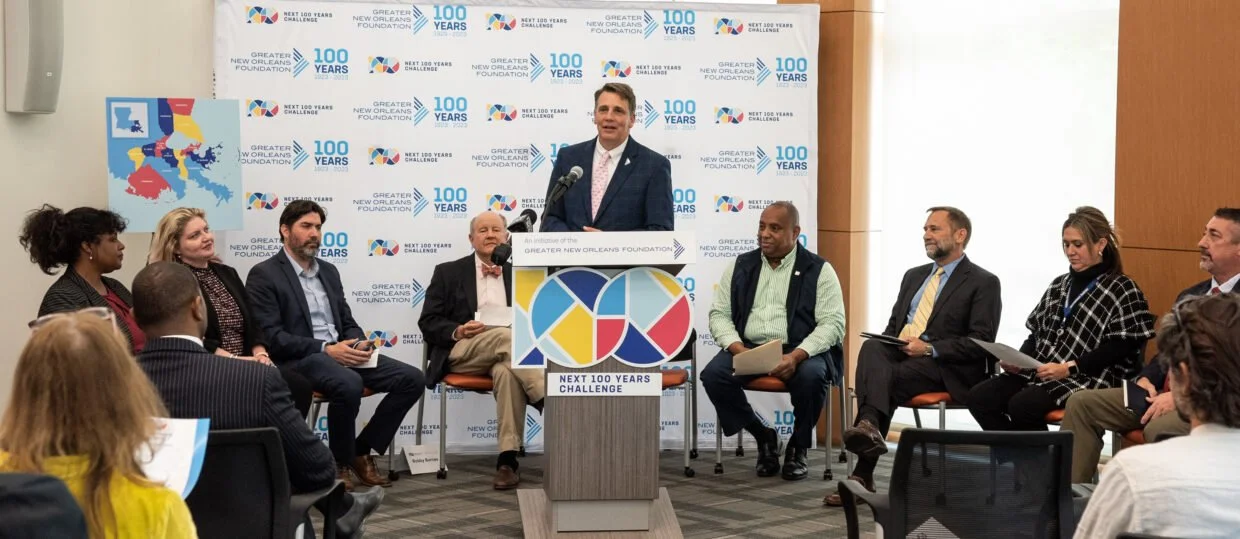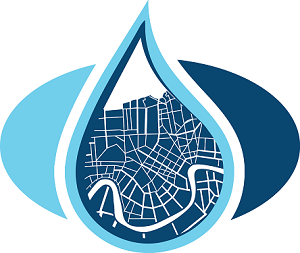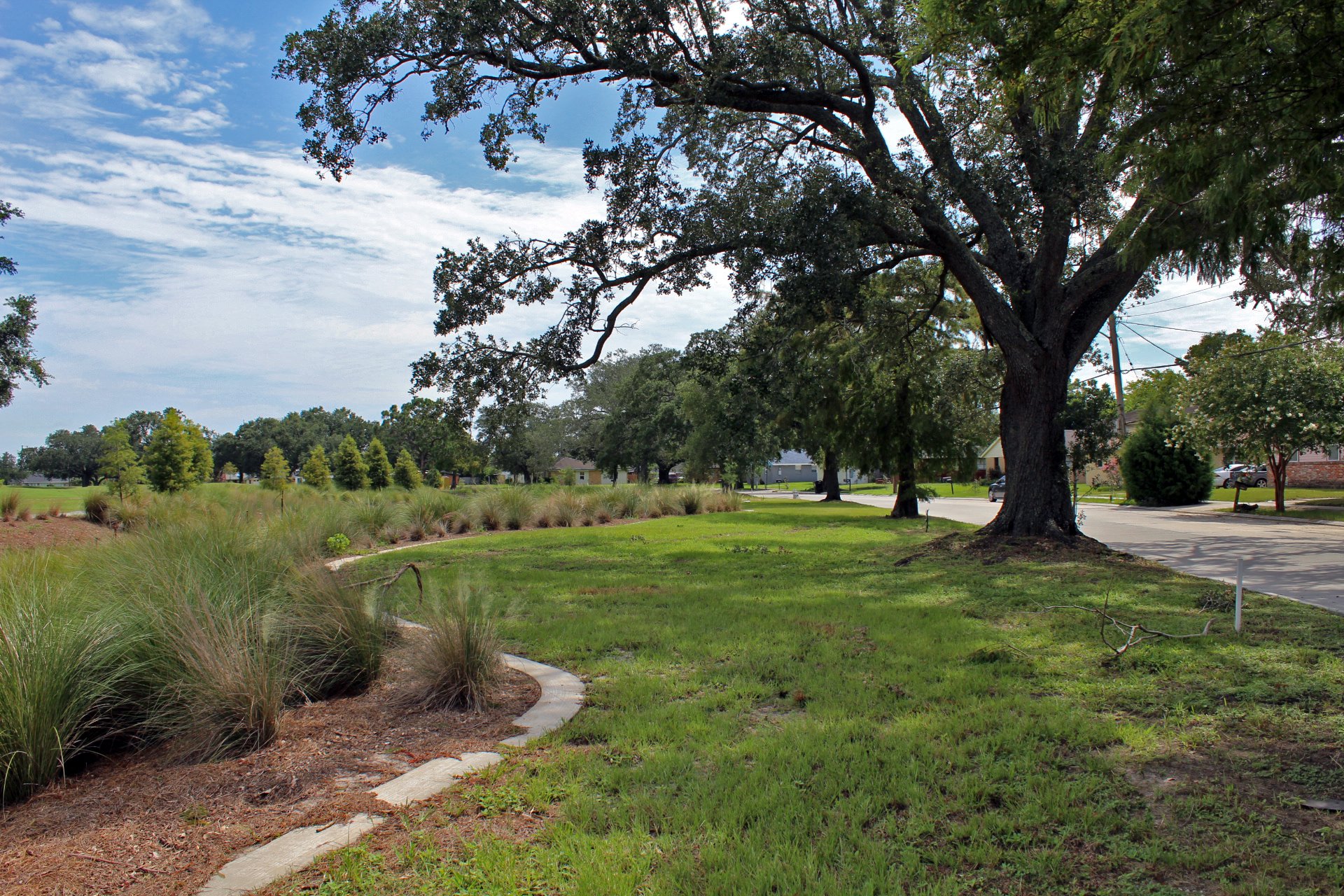
New Horizons for Adaptation Planning
Transform governance structures to support action and implementation, and celebrate the urban water successes already accomplished
Adaptation planning in greater New Orleans has historically been reactive in the wake of significant climate events and single-issue focused. The GNO Urban Water Plan itself was catalyzed by Hurricane Katrina and focused largely on stormwater capacity needs within the levee system. The plan provided visions, but as it was not specifically the responsibility of any entity—no party was responsible for carrying the vision forward through implementation. Over the past 10 years, citizens have come to know the challenges of recurring flooding and professionals have begun to employ green infrastructure to supplement the existing drainage system. Progress at all scales, from residential rain barrels to regional public works, sets an actionable course for realizing our collective vision. With understanding and momentum building, and in the face of changing climate effects—drought, wildfire, saltwater intrusion—it is clear that holistic thinking and planning is needed to guide action. Looking ahead, proactive adaptation planning can be our means for building understanding of our environment, establishing achievable & ambitious benchmarks, and capitalizing on funding opportunities to realize multi-benefit, nature-based solutions.
Background

“We are hiding behind our success and need to act like leaders.”
— Tyler Antrup
Insights & Opportunities
Follow a model like the CPRA Coastal Master Plan and create a GNO Urban Water Plan with regular statutory updates to keep knowledge, priorities, and funding opportunities current. This would require designating or creating a similar public entity to manage and implement the plan.
Better track and promote project implementation, impacts, and insights to show how much work is being done and the progress made. Shared experience and data will allow better distribution of resources and effort.
Integrate meaningful engagement and education into planning initiatives to inspire community stewardship and ensure a project’s function and success.
Employ a systems-thinking approach to planning efforts so that the interconnected nature of compounding hazards is considered and addressed by the design solutions. Stormwater management plans must also consider drought conditions. Rebrand green infrastructure to communicate its utility for the broader spectrum of climate challenges.
Translate and visualize risk in terms that are legible, relevant, and captivating to all residents. The story is sometimes more valuable than technical details.
Large-scale plans cannot be realized if governance is fragmented or undeveloped and resulting programs and funds are inconsistent or contradictory. If the Greater New Orleans Urban Water Plan and/or future iterations are to be made actionable, leadership/ownership must be identified or created.
The region has been focused on flooding and storm-related disaster preparedness to the exclusion of other issues. The events of 2023—drought, wildfires, saltwater intrusion—and the general public dismay over them has highlighted gaps in our understanding of the interconnected ecological system in which we live.
Focus, urgency, optimism and even belief waver with time and as other challenges emerge. We must make a collective commitment to urban water management and establish clear, albeit moving, targets and horizons to define, make and maintain progress.
There is a need for more realistic, iterative, design-friendly contracting methods. Contracting and funding mechanisms typically follow a linear process; planning, design and construction projects typically do not. These processes must better align to enable success.
Example Projects





